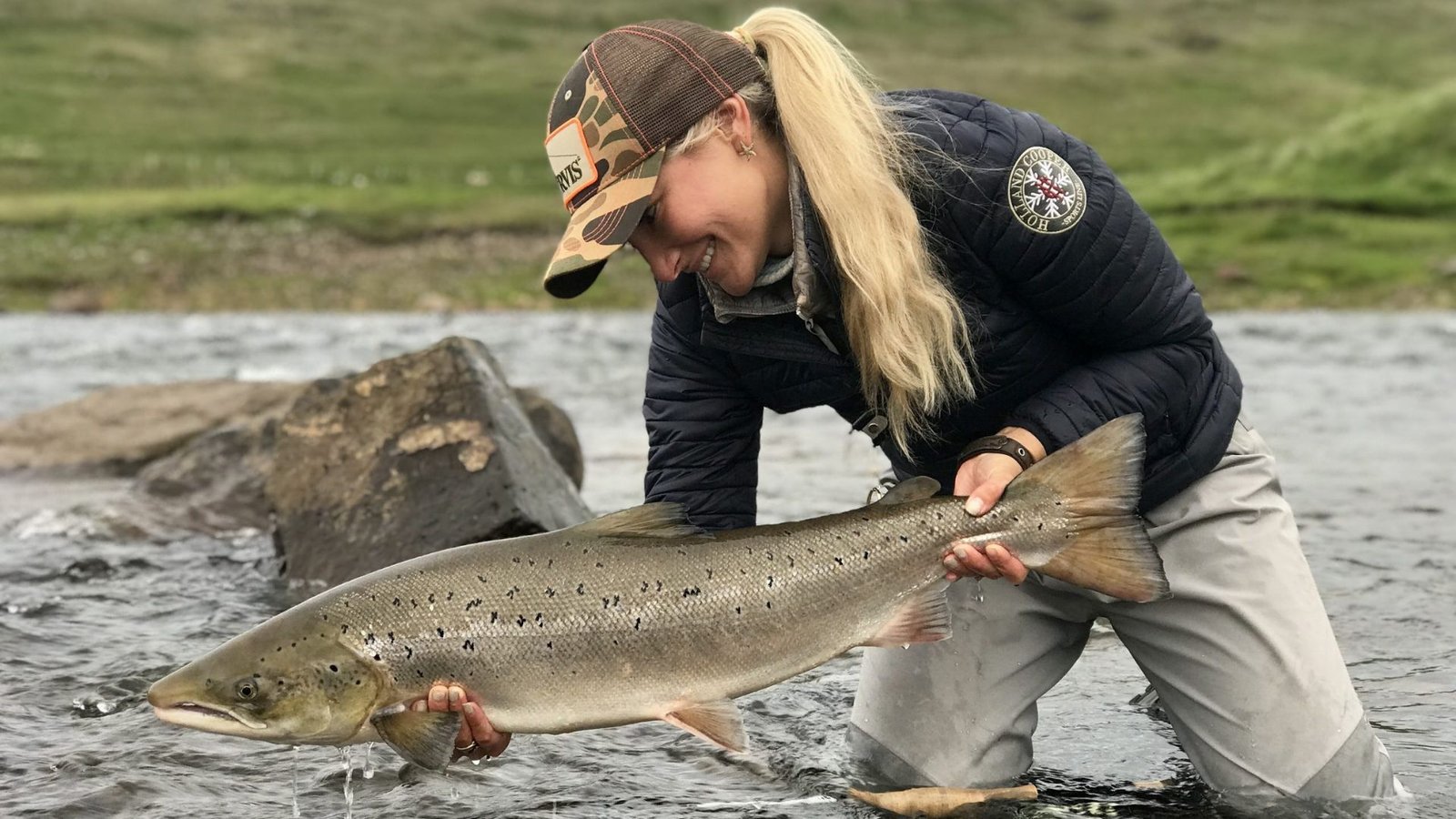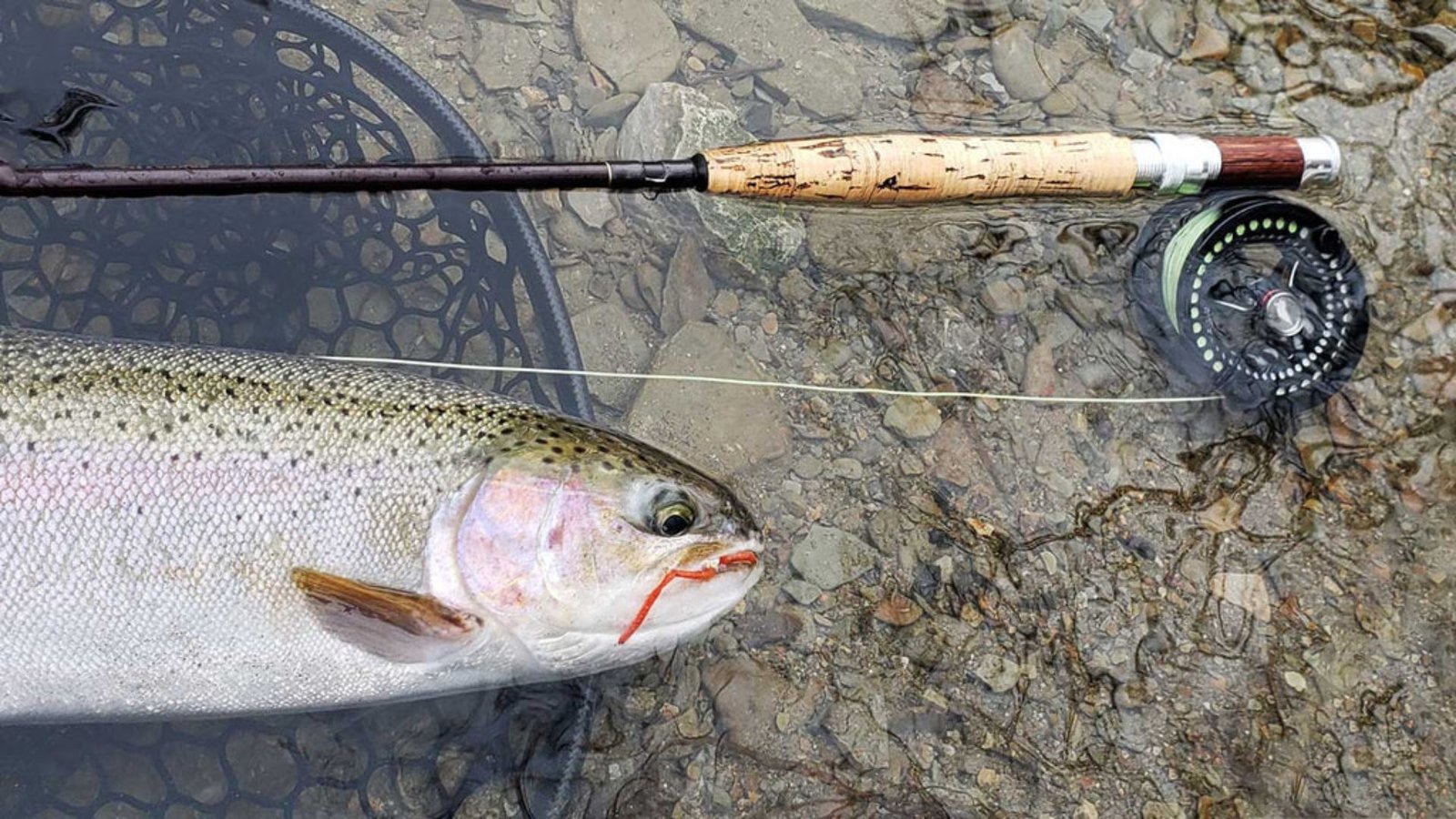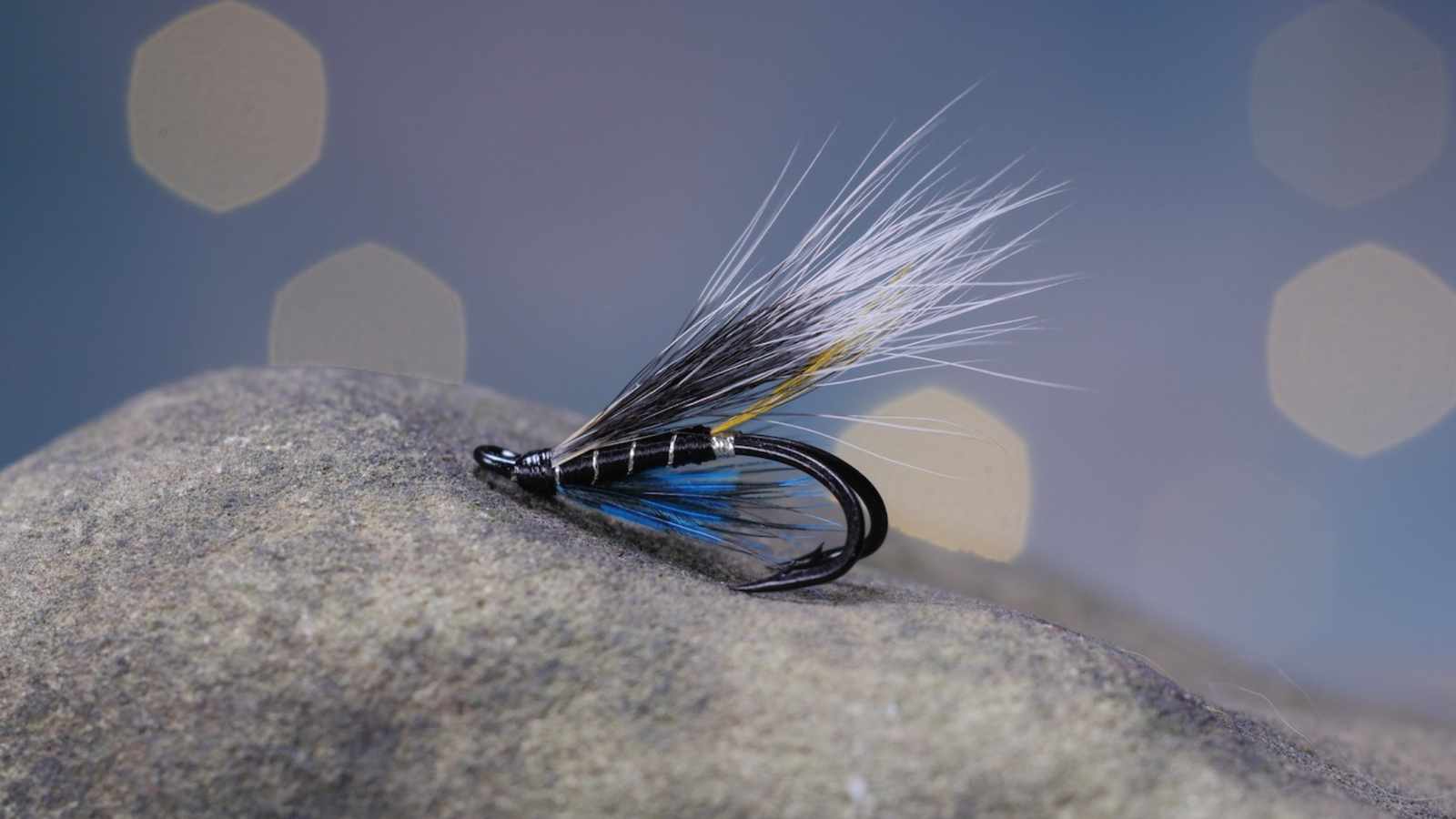Matching the hatch is a fundamental skill in fly fishing that can greatly enhance your success on the water. Salmon, like other fish, often feed selectively on insects hatching from the water. Here are effective strategies to help you match the hatch with salmon flies and improve your chances of a successful fishing trip.

Ways to Match the Hatch with Salmon Flies
Understanding the Hatch
Understanding the lifecycle of aquatic insects and their emergence patterns is essential for matching the hatch. Identify common insects like mayflies, caddisflies, and stoneflies that salmon feed on during their respective hatches. Research local hatch charts and seasonal patterns to predict when certain insects will be most abundant.
Observing Water Conditions
Pay close attention to water conditions such as temperature, clarity, and flow rate, as these factors influence insect activity and salmon feeding behavior. Insects are more active in warmer water with moderate flow, while salmon may be more selective in clear, calm conditions. Adapt your fly selection accordingly.
Choosing the Right Fly Patterns
Select fly patterns that closely resemble the size, shape, and color of the insects hatching in the water. Use dry flies, nymphs, or emergers that mimic the behavior of the natural insects. Match the color of your fly to the predominant insect species present during the hatch.
Using Different Fly Sizes
Experiment with different fly sizes to match the size of the insects being consumed by salmon. Larger flies may mimic stoneflies or larger mayflies, while smaller patterns can imitate midges or smaller mayfly species. Adjust your presentation based on the size of the hatch and the salmon’s feeding preferences.
Adapting to Changing Conditions
Hatch activity can vary throughout the day and between different seasons. Be prepared to adapt your fly selection and fishing techniques as hatch intensity and insect species change. Carry a variety of fly patterns in your fly box to respond to shifting conditions on the water.
Observing Fish Behavior
Watch for signs of feeding activity such as rising fish, surface disturbances, or fish holding near the surface or bottom. These behaviors indicate which stage of the hatch salmon are targeting. Present your fly where you observe feeding activity to increase your chances of a strike.
Matching the Hatch with Emergers
During emergences, insects transition from aquatic nymphs to adult stages near the water’s surface. Use emerger patterns that imitate insects emerging from the water, as these can be highly effective when salmon are feeding selectively just below the surface.
Experimenting with Presentation
Experiment with different presentations to match the behavior of hatching insects. Dead-drift your fly to imitate drifting nymphs or use a twitching motion to simulate struggling insects on the water’s surface. Vary your retrieve speed and depth to find the most effective presentation style.
Seeking Local Knowledge
Consult local fly shops, guides, and experienced anglers for insights into local hatch patterns and effective fly patterns. Local knowledge can provide valuable information on specific insect species, hatch timing, and preferred fly patterns for successful salmon fishing.
Patience and Persistence
Matching the hatch requires patience and persistence. Be prepared to spend time observing insect activity and adjusting your approach based on real-time observations and feedback from fish behavior. Stay adaptable and willing to try new techniques to maximize your success on the water.
Conclusion
Matching the hatch with salmon flies is a skill that can significantly improve your success as a fly angler. By understanding insect lifecycles, observing water conditions, choosing the right fly patterns, and adapting your presentation, you can effectively mimic natural food sources and increase your chances of hooking into a prized salmon.



